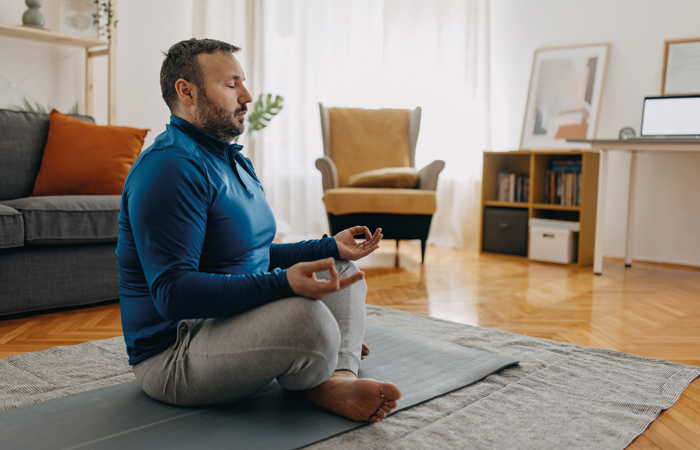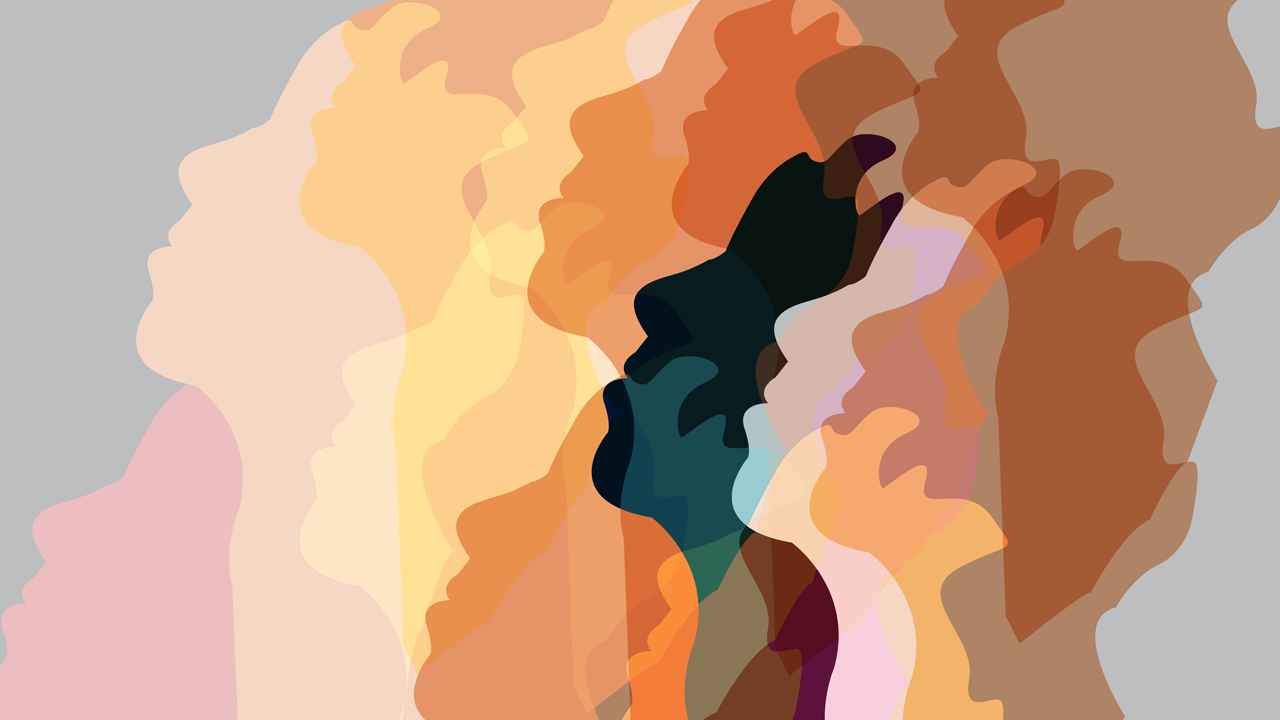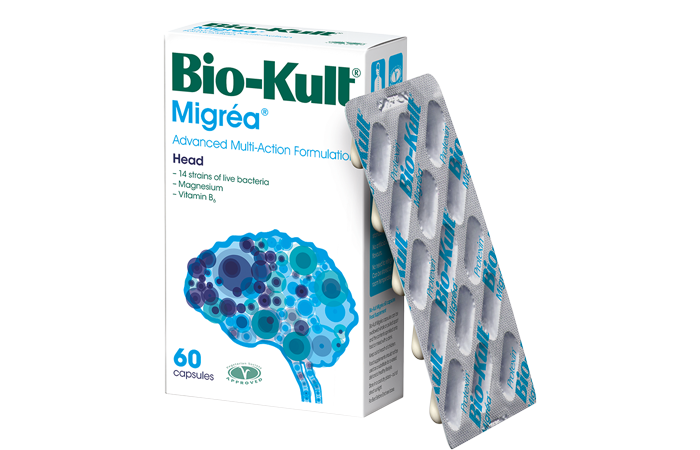In Conditions
Follow this topic
Bookmark
Record learning outcomes
Some 10 million people in Britain get migraines and over 80 per cent get headaches at various times. Discover the latest advice to pass on to customers
Migraine is one of the most disabling conditions, affecting one in seven people in the UK and is ranked the third cause of years lived with a disability, according to the Migraine Trust. There is still no ‘cure’, but a good understanding of the condition and treatments available makes all the difference to sufferers and this is where pharmacy staff can play an important role.
“People diagnosed with migraine mainly visit their pharmacy for acute treatment of symptoms. They may be on preventative medication and getting more attacks, so maybe they need a medication review, which you can discuss with them,” says Ria Bhola, headache nurse specialist at the Migraine Trust.
“You can suggest keeping a headache diary before they see their GP to keep an accurate record of the pattern of their migraines. For those not yet diagnosed, encourage them to see their doctor as a formal diagnosis is a vital first step to getting the right treatment.” (Read more about keeping a headache/migraine diary on page 30).
Over 10 million people in the UK have regular migraine attacks, according to the State of the migraine nation report by the Migraine Trust, exceeding the number of people living with diabetes, asthma and epilepsy combined. An additional survey by the organisation found that 52 per cent of sufferers have an attack every month or so, with an average of two episodes per month. The study also showed that over a million people suffer from chronic migraine, equating to at least eight attacks per month.
Migraine most commonly begins in puberty and peaks at age 35-45, only affecting one in 10 children aged five to 14. The National Institute for Health and Care Excellence (NICE) estimates that 24 per cent of women in the UK suffer from the condition and are two to three times more likely to do so, most often due to hormonal factors.
Explaining migraine
“The understanding of migraine is slowly evolving. It does have a genetic basis and there are environmental factors which are responsible for triggering it,” says Ria. It is known, for example, that migraines affect people whose nervous system is hypersensitive. Nerve cells in the brain are easily stimulated, producing electrical activity. This disturbs functions such as vision, sensation, balance and muscle coordination, which cause the ‘aura’ symptoms that usually come before the headache.
The headache occurs when the trigeminal nerve is stimulated. This nerve releases substances that trigger painful inflammation in the blood vessels of the brain and tissues that cover the brain.
Oestrogen can trigger migraine and the condition commonly occurs when hormone levels increase or fluctuate. Many women get attacks around menstruation, and they tend to worsen after childbirth and during the perimenopause.
In people susceptible to migraine, certain triggers can prompt an attack. The most common of these are:
- Lack of sleep
- Skipping meals
- Alcohol
- Stress
- Excessive stimulation e.g., flashing lights and strong smells
- Certain foods, especially those containing tyramine (mature cheeses, soy products, smoked foods), nitrates (hot dogs, cured meats), monosodium glutamate and caffeine.
Pharmacy teams can suggest customers keep a migraine diary to help identify possible triggers. They should record things such as how much sleep they get, daily activities, what they eat and drink, exercise taken, travel, weather, mood, menstrual cycle, when a migraine starts and what medication they took.
The most common signs of migraine are:
- Throbbing headache – usually on one side
- Sensitivity to light, noise and smell
- Nausea or vomiting
- Feeling tired.
A migraine has several stages:
- Premonitory – this often involves feeling tired, craving certain foods, mood changes, frequent yawning, neck stiffness
- Aura – indicators include visual disturbances, numbness or tingling, dizziness, speech or hearing changes. It should be noted that this stage only affects about a third of sufferers
- Headache – can last from four hours to three days. Usually throbbing, one-sided and may cause sufferers to feel or be sick
- Resolution – most attacks fade gradually, going to sleep often helps
- Recovery – described as a ‘hangover’ feeling, even though the migraine has stopped, people can feel drained for days.
About one in three sufferers have migraine with aura, though this may not happen every time. According to the Migraine Trust, it’s believed that aura may be caused by altered brain activity called ‘cortical spreading depression’ which leads to temporary changes in chemicals, nerves and blood flow in the brain.
“Migraine with aura is a neurological feature, like a warning phase before the headache. It usually develops over about five minutes and lasts up to an hour,” explains Ria. Some people only get aura symptoms and no headache. Most auras are related to vision and common signs include blind spots, coloured spots/lines, flashing lights, zig-zag patterns and temporary sight loss. Other aura signs are numbness or tingling in the body, muscle weakness and feeling dizzy.
Simple analgesics such as paracetamol and ibuprofen will help some sufferers. Anti-emetics can also be useful as they improve medication absorption. They should be taken at the same time as analgesics. It’s best to avoid codeine and opiates, which can cause dependency and rebound headaches.
Triptans
These prevent nerves from releasing the substances that cause migraine. They work best when taken early in an attack. They can be taken as tablets, nasal spray or injected. They include almotriptan, naratriptan, rizatriptan sumatriptan and zolmitriptan.
Preventative drugs
Customers who get four or more migraines a month may want to discuss preventatives with their GP. These include angiotensin blockers, anti-convulsants, anti-depressants, beta-blockers and the new Calcitonin gene-related peptide (CGRP) monoclonal antibodies (see boxout). A preventative drug should be taken for three months to see if it works.
Self-help advice
“The most important self-help advice you can pass on to customers is to keep things well regulated – sleep, stress, meals and hydration are the most important to keep well balanced,” says Ria. Key suggestions include:
- Getting enough sleep – encourage customers to go to bed and get up at the same time each day
- Exercising regularly – studies have found that mild aerobic exercise is best for migraine sufferers. Examples include jogging, swimming, walking and cycling. Customers should aim for at least 30 minutes, three times a week
- Identify triggers and avoid them as far as possible
- Keep well hydrated
- Have regular mealtimes and avoid skipping meals
- Reduce caffeine intake
- Avoid excessive alcohol
- Reduce stress – suggest using a relaxation technique, yoga or meditation. Customers could also consider Cognitive Behavioural Therapy (CBT) to reduce stress and anxiety.

Common concerns
Migraines are not the only conditions pharmacy teams can help with. Take a look at some common types of headaches below
Tension-type headache
Up to 80 per cent of people experience tension-type headache, peaking between the ages of 20-40, with more women affected than men. It is mainly caused by stress, sleep disturbance, neck and jaw pain or eye strain. Headaches can be episodic or chronic – lasting over 15 days a month. “It feels like a tight band around the head, but sufferers can continue with daily activities, and it’s not made worse by movement,” says Ria Bhola, headache nurse specialist at the Migraine Trust.
Simple analgesics are usually an effective treatment option. Using analgesics frequently can lead to medication overuse headache, so customers should be referred to their GP if they are taking them more than two days a week. Opioids are not recommended.
Tension-type headache is more common in sedentary people so recommending self care tips such as regular exercise can be helpful. Physiotherapy may be helpful if neck pain is a factor.
Cluster headache
Cluster headache is a rare condition, affecting less than one per cent of people, with more men affected. The condition is thought to be linked with a problem in the hypothalamus.
“Cluster headache is rare but about as prevalent as multiple sclerosis. GPs do not come across many sufferers, so there can be a lack of understanding of the difference between cluster headache and migraine,” says Elizabeth Kelly, advice line manager at Ouch UK.
“It’s very important that pharmacy staff refer a patient to their GP with advice to ask for referral to a neurologist who specialises in headache. This should be done as soon as possible,” she adds.
It causes severe pain at the temple or around the eye on one side, lasting from 30 minutes to up to three hours. It’s accompanied by other symptoms – nasal congestion or runny nose, drooping eyelids and facial sweating. People feel restless during an attack and can’t sit still or lie down. Attacks can occur several times a day, often at the same time, usually happening regularly during a one to three month period.
Preventative drugs can reduce frequency of attacks and include verapamil, topiramate and gabapentin. Simple analgesics are not usually effective. “It’s essential that sufferers have abortive treatment as soon as possible. These are sumatriptan nasal spray or injection and high-flow oxygen,” says Elizabeth. “These can be prescribed by GPs in England and Wales, with a neurologist needing to prescribe oxygen in Scotland. Where possible, oxygen should be ordered with a demand valve.”
Elizabeth’s self care tips for customers include avoiding alcohol and strong smells as these can trigger an attack during a cluster bout. “There is no OTC treatment for sufferers but keeping cool during an attack will help, as will a cooling fan or ice pack held to the affected side of the head,” she adds.
Medication overuse headache
This is a rebound headache that develops due to the frequent use of some medicines. It’s diagnosed when people have a headache for 15 or more days a month for over three months. It affects one to two per cent of people and is most common in women with a history of migraine or tension-type headache.
Signs include poor concentration, a constant dull headache and a fuzzy brain feeling. Medicines most commonly linked are opiates, especially codeine, and triptans. Analgesics such as ibuprofen and paracetamol are less likely to cause it, unless taken on 15 or more days a month.
“Migraine patients are the most prone to overuse headache and up to a third may be affected. It’s worth finding out if they are on the best treatment – it’s easy to overuse if they aren’t on the right medication or the right dose,” says Ria. “Tell customers about other types of medicines available for migraine and how they should take OTC analgesics. The best way to treat migraine is early and aggressively, rather than spread out doses over several days. Taking an anti-emetic can aid absorption.”
The medication causing the headaches should be withdrawn and the patient may need specialist help to do this. A different type of drug is then used to treat headaches and limited to twice a week.
Bio-Kult Migréa
Bio-Kult Migréa is a multi-action live bacteria formulation that targets both the digestive tract and the head, containing magnesium and vitamin B6 which contribute to the normal functioning of the nervous system and reduction in tiredness and fatigue, according to manufacturer ADM Protexin.
Vitamin B6 also supports the immune system, protects against inflammation and contributes to the regulation of hormone activity, the company adds.


